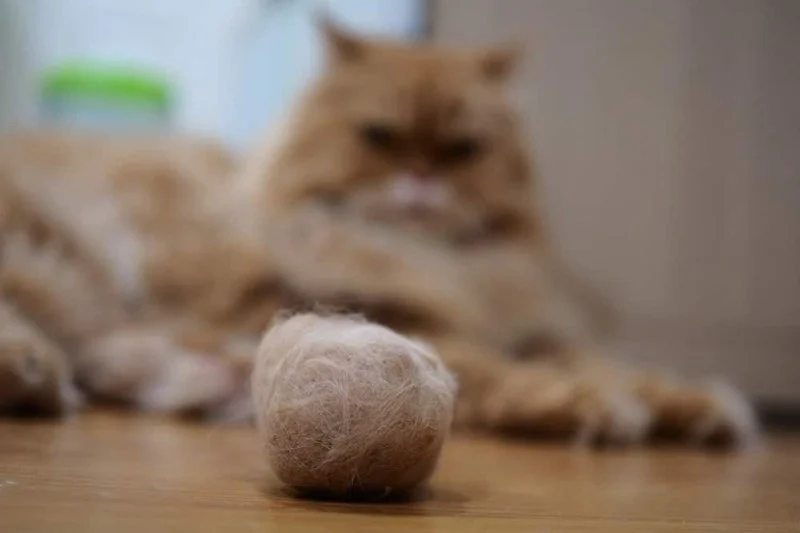
Cat Hairballs: How to Prevent and Manage Them
- 1 - Understanding Hairballs in Cats
- 2 - Why Do Cats Get Hairballs?
- 3 - Symptoms of Hairballs in Cats
- 4 - How to Prevent Hairballs in Cats
- 5 - How to Manage Hairballs in Cats
- 6 - Real-Life Case: Managing Hairballs in a Cat
1. Understanding Hairballs in Cats
Hairballs, also known as "vomited hairballs" or "trichobezoars," are a common occurrence in cats, particularly those with long fur. These hairballs form when cats groom themselves and ingest loose fur. Typically, the body expels the hairballs through vomiting, although in some cases, they can cause discomfort or even blockages in the digestive tract.
While hairballs are a natural part of a cat's grooming process, frequent or severe vomiting of hairballs can indicate underlying health issues. Understanding how hairballs form, the potential risks they pose, and how to manage them can help you keep your feline friend comfortable and healthy.
2. Why Do Cats Get Hairballs?
Cats get hairballs primarily due to their grooming habits. Cats have barbed tongues that help remove loose fur from their coat, but some of this fur is inevitably ingested. In most cases, the body can pass this fur through the digestive system. However, when too much hair accumulates in the stomach, it forms a hairball that is usually expelled through vomiting.
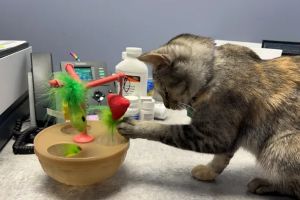
VetCheck Pet Urgent Care Center Bloomington
BloomingtonMonroe CountyIndiana
3251 W 3rd St, Bloomington, IN 47404, USA
2.1 Long-Haired Breeds
Long-haired cats, such as Persians and Maine Coons, are more prone to hairballs because their fur is longer and sheds more frequently. Their grooming habits can lead to the ingestion of larger amounts of hair, making hairballs more common in these breeds.
2.2 Excessive Grooming
Cats that groom excessively, due to stress, boredom, or allergies, are also more likely to develop hairballs. Excessive grooming leads to more hair being ingested, which can increase the likelihood of hairball formation.
2.3 Health Conditions
In some cases, frequent hairballs can be a sign of an underlying health condition, such as gastrointestinal issues, allergies, or even arthritis. Cats that have difficulty grooming themselves properly may ingest more fur, leading to more frequent hairballs.
3. Symptoms of Hairballs in Cats
While hairballs are a normal occurrence in cats, they can sometimes lead to discomfort or health issues. Here are some common symptoms to watch for:
3.1 Vomiting
The most obvious sign of a hairball is vomiting. Cats will often vomit after grooming, and the vomit may contain fur. This is usually a natural process, but frequent or severe vomiting should be monitored.
3.2 Coughing and Gagging
Cats may cough or gag as they attempt to expel a hairball. This can happen if the hairball is lodged in the throat or esophagus. If the cat is unable to bring up the hairball, it can lead to distress.
3.3 Loss of Appetite
A cat may lose interest in food if a hairball is causing digestive discomfort. If your cat refuses to eat for more than a day, it may indicate that a hairball is causing a blockage or irritation.
3.4 Constipation or Diarrhea
In some cases, hairballs can lead to gastrointestinal issues such as constipation or diarrhea. If you notice changes in your cat’s litter box habits, it could be related to hairballs.
4. How to Prevent Hairballs in Cats
While it’s impossible to completely eliminate hairballs in cats, there are steps you can take to minimize their frequency and reduce the discomfort associated with them:
4.1 Regular Grooming
One of the best ways to prevent hairballs is by brushing your cat regularly. This helps remove loose fur before it’s ingested, especially in long-haired breeds. For long-haired cats, daily grooming may be necessary, while short-haired cats can usually be groomed a few times a week.
4.2 Hairball-Control Diets
Many commercial cat foods are specifically formulated to reduce hairballs. These diets contain higher fiber content to help pass hair through the digestive tract more easily. Look for hairball control formulas at your local pet store or consult your veterinarian for recommendations.
4.3 Hydration
Encourage your cat to drink more water to help keep their digestive system functioning properly. Proper hydration can help prevent the formation of hairballs and support overall health. Consider providing a cat water fountain, as many cats prefer running water.
4.4 Hairball Remedies
There are various hairball remedies available, such as treats or pastes that help lubricate the digestive tract and facilitate the passage of hair. These remedies can be especially helpful for cats prone to frequent hairballs. Be sure to choose products that are safe and recommended by your vet.
5. How to Manage Hairballs in Cats
If your cat is already dealing with frequent or problematic hairballs, here’s how you can help manage the issue:
5.1 Regular Vet Check-ups
If your cat is frequently vomiting hairballs or exhibiting signs of distress, consult your veterinarian. They can check for any underlying health conditions, such as gastrointestinal blockages or digestive issues, and recommend appropriate treatment.
5.2 Monitor for Blockages
In some cases, hairballs can get stuck in your cat’s intestines, leading to a blockage. This can cause symptoms such as constipation, lack of appetite, or vomiting. If you suspect a blockage, take your cat to the vet immediately for treatment.
5.3 Surgery in Severe Cases
In rare cases where hairballs cause significant internal blockages, surgery may be necessary to remove the hairball. This is typically considered a last resort, but it’s important to seek veterinary care if other methods of management fail.
6. Real-Life Case: Managing Hairballs in a Cat
Meet Oliver, a long-haired cat who frequently struggled with hairballs. His owner, Emily, noticed that Oliver was often coughing, vomiting, and even avoiding his meals due to discomfort. After consulting with her veterinarian, Emily learned that Oliver’s frequent hairballs were due to a lack of grooming and a low-fiber diet.
Emily began grooming Oliver daily and switched him to a high-fiber hairball-control diet. Within a few weeks, Oliver’s hairball-related issues significantly decreased, and he became more active and content. This case illustrates how regular grooming, a proper diet, and vet consultation can successfully manage hairballs in cats.




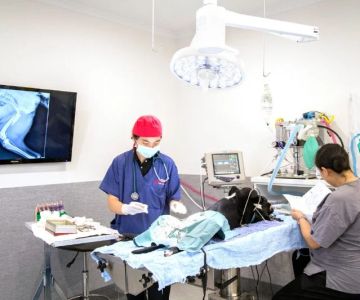


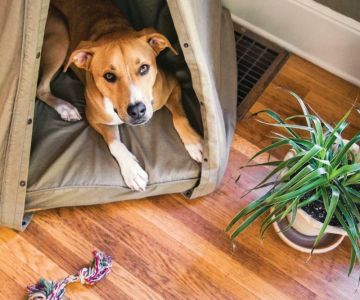
 1214 Central Store0.0 (0 reviews)
1214 Central Store0.0 (0 reviews) Burlington Pet Hospital4.0 (118 reviews)
Burlington Pet Hospital4.0 (118 reviews) ArkVets4.0 (426 reviews)
ArkVets4.0 (426 reviews) Hartzell Veterinary Service: Charles W. Hartzell, DVM and Sue Ann Hartzell, DVM4.0 (105 reviews)
Hartzell Veterinary Service: Charles W. Hartzell, DVM and Sue Ann Hartzell, DVM4.0 (105 reviews) Noah's Ark Animal Hospital4.0 (163 reviews)
Noah's Ark Animal Hospital4.0 (163 reviews)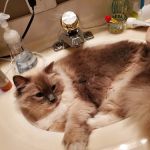 Jasper Pet Clinic4.0 (285 reviews)
Jasper Pet Clinic4.0 (285 reviews) Transitioning Training Methods as Pet Ages: Adapting Techniques for Senior Pets
Transitioning Training Methods as Pet Ages: Adapting Techniques for Senior Pets How to Read & Understand Pet Nutrition Labels for Your Pet's Health
How to Read & Understand Pet Nutrition Labels for Your Pet's Health How to Choose the Right Pet Supplement Brand: Essential Tips for Pet Owners
How to Choose the Right Pet Supplement Brand: Essential Tips for Pet Owners How Much Should You Feed Your Pet? Portion Guide by Age & Breed
How Much Should You Feed Your Pet? Portion Guide by Age & Breed How to Create a Pet Health Journal: Metrics to Track for Better Pet Care
How to Create a Pet Health Journal: Metrics to Track for Better Pet Care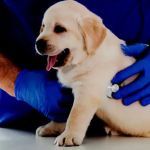 What Breed-Specific Health Issues You Should Be Aware Of
What Breed-Specific Health Issues You Should Be Aware Of